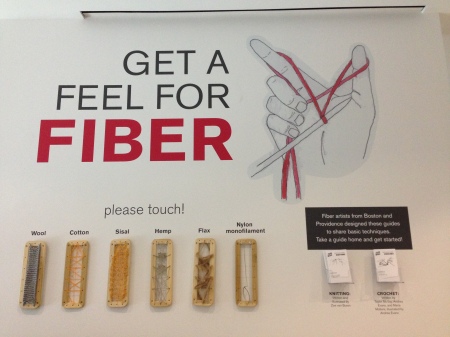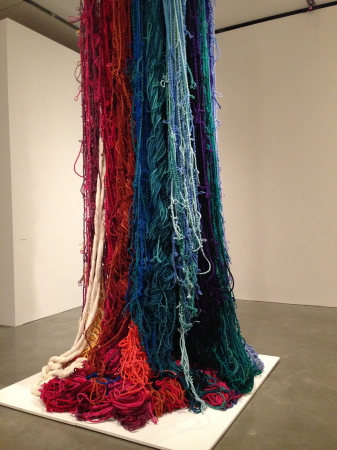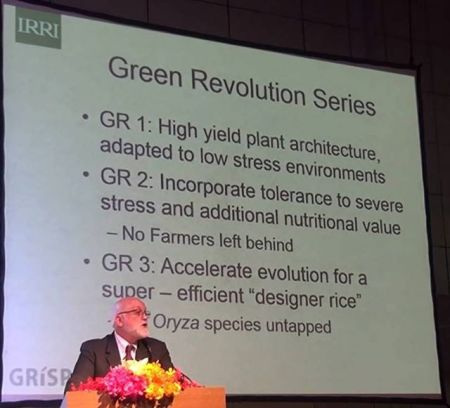
Happy Halloween!

Agrobiodiversity is crops, livestock, foodways, microbes, pollinators, wild relatives …


That’s from the “[s]plendid, viscerally engaging … groundbreaking exhibition” called Fiber: Sculpture 1960-Present, now on at the Institute of Contemporary Art in Boston. And it was pretty cool. But would it have killed them to include some pictures, or even live examples, of the plant (and animal) sources of the raw materials for objects such as this? 1

Well, maybe not the animal sources…
A blog post from the Chicago Council on Global Affairs a couple of days ago reminded me that we had blogged about GYGA — the Global Yield Gap and Water Productivity Atlas — a couple of years back. Just to remind us all
…the target of the Global Yield Gap Atlas (GYGA) is to provide best available estimates of the exploitable yield gap (Yg-E) — difference between current average farm yields and 80% of Yp and Yw. Water resources to support rainfed and irrigated agriculture also are limited, which means efficiency in converting water to food, water productivity (WP), is another key food security benchmark included in the Atlas.
I’ve had a quick look at the GYGA website, and it seems serviceable enough, though it has the drawbacks, often remarked on in these pages, that it is difficult to share the maps you make, and import your own data into them. Here I’d like to point out another potential issue, though. This is what you get when you look at the yield gap for “rainfed millet.” Because of the aforementioned drawbacks, a clunky screenshot is the best I can manage, I’m afraid.
Now, the stuff in West Africa is clearly pearl millet, but what about in East Africa? Is there really that much pearl millet in Uganda, say? This is what Genesys knows about the two millets in East Africa. And yes, it’s a clunky screen grab too, but if I had wanted to, I could have downloaded separate KML files for the two crops and opened them both in Google Earth and then exported a nice JPG.
Pink is pearl, yellow is finger. There’s a little bit of pearl millet in Uganda, but not all that much. The millet there is mainly finger millet. So, which is the millet in GYGA? Is it confusing the two?
In the interest of completeness, I should mention that the International Rice Congress is competing for the attention of us all with a couple of other shindigs:
You pays your money…
At 1:10 in the afternoon of 31 July 2008, ignoring the advice of his neighbors, Mr. Pal made the decision not to plow under his severely ravaged and sick-looking rice crop. His field had been submerged for 17 days from two floods.
And that is when the second Green Revolution began, according to Dr Bob Zeigler, DG of the International Rice Research Institute (IIRI). Read more about it on his blog. 2 And follow developments at the International Rice Congress, including on Twitter. As for me, I’d like to speed up that GR 3.0.

And if Dr Zeigler wants to know where those untapped Oryza species are to be found, I know where he should look.